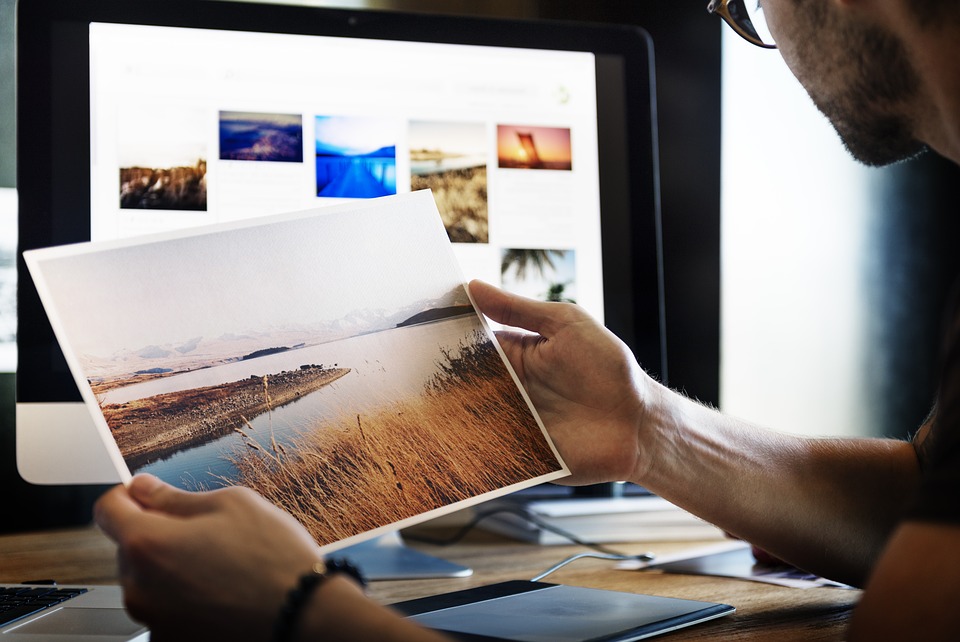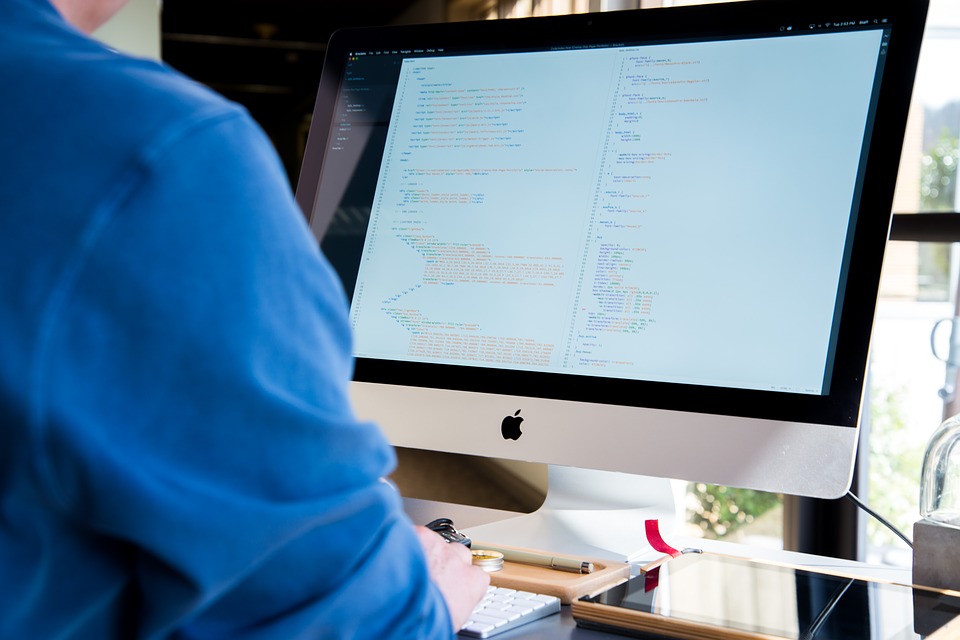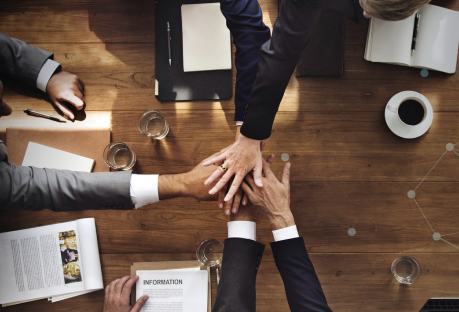The craze of graphic design has been on the trends for years, but that of 2017 is a great deal to talk about. When you talk of website designs, brandings, billboards, posters/fliers, and other varieties of graphic designs, 2017 trends are breaking the internet. There are lots of choices that are making the forefront which could be selected according to your desire.
We have made series of research through the page layout techniques, the typography, displays, color packaging to know the most suitable graphic designs that will suit your desire. Moreover, we are here to guide you through the trends that are on the top list, sit back relax and enjoy our top five list of this year’s award winning graphic design.
1. Launch Your Market with Cinemagraphs
The first on our top list is cinemagraphs; this simply portrays still photographs with a slight touch of movement in the same manner as a video clip. It is common in the form of GIFs in order to add more life to the photograph. With this design, the modern market is making use of this format to stand other competitors because it attracts the viewer’s attention instantly.
2. Minimalism Design At Is Best
The minimalism Design can be rooted back to the beginning of the 20th century; it became very popular as it focuses on the simple functionality for many brands and graphic designs. This year, the trend is increasing with a refined and elegant approach that creates a suitable balance that is appealing. Many brands and designs have adopted the use of minimalism as it is here to stay.
3. Apt Geometric Collages
While we were younger, I could recall the number of hours we spent in creating collages. Yet, geometric collages are now rated as one of the award-winning graphic design in the year 2017. As the third on our list, it has emerged a lot of memorable images, magazines, movie posters, and most favorite cartoon characters. These designs involve the use of diversified elements into a single design which must be arranged in a geometric layout.
4. Modular Layouts for Text Management
Every viewer wants to hasten their communication with every design they come across, they tend to lose interest if the text is long and boring. In order to avoid such a scenario, modular layouts are here to organize your text in a clearly readable manner with simplicity. As the popularity of this design is increasing, graphic designers are making use of it as the best platform to pass the message through text in short and precise manner.
5. Bold photography and sleek text
Basically, mixing bold photography and sleek text is the best captivation for most viewers in the world; be it ads and social media promotion, mobile devices, and brands such as Nike this design is key! This is because of its instant expression. This design simply interprets the visuals of your creativity to the world.
Read More:
- How Social Media Playing A Role In Career Building?
- Top 5 Digital Wallet Apps For Android
- 5 Reasons Why You Should Invest In APM
- Patient Portal Development Company Addresses Technology Shortcomings That Limits Interoperability
- App Development Benefits: Here’s Why You Should Go Mobile
- WordPress Developer: Job Profile And Key Responsibilities
- How To Get Product Ideas For Your Ecommerce Business
- How To Become A Great Travel Blogger: 11 Secrets
- Top Apps To Help You Manage Your Money






















